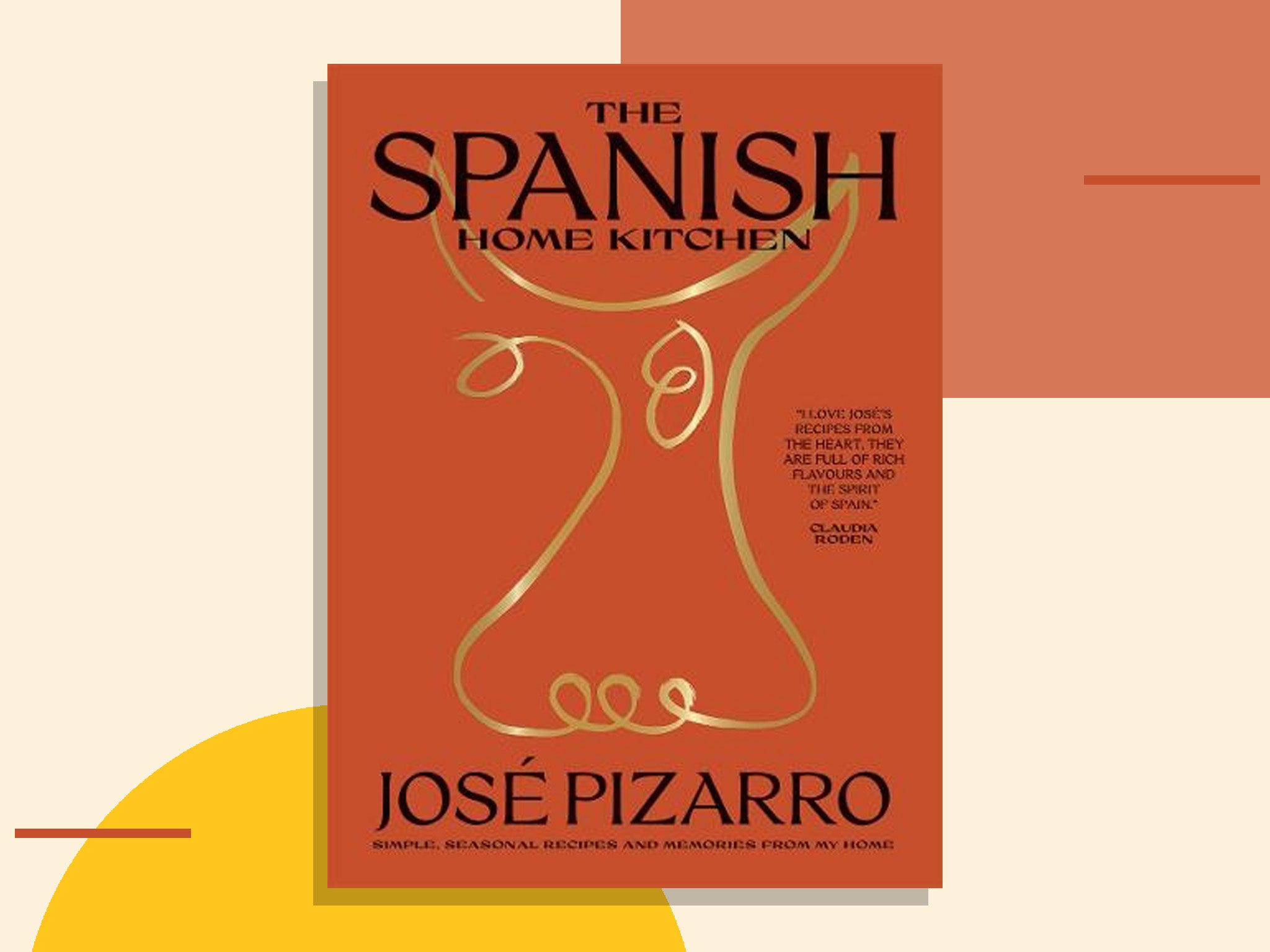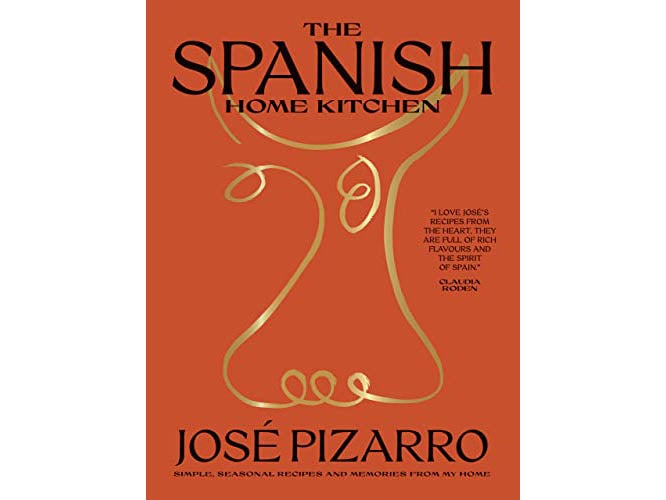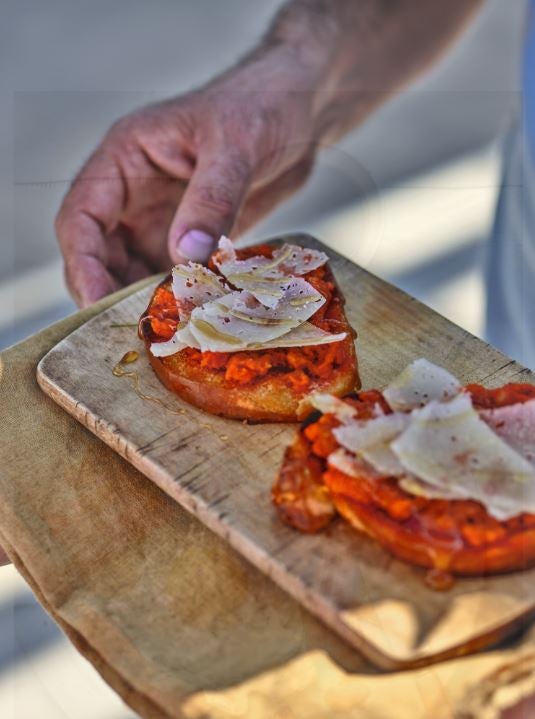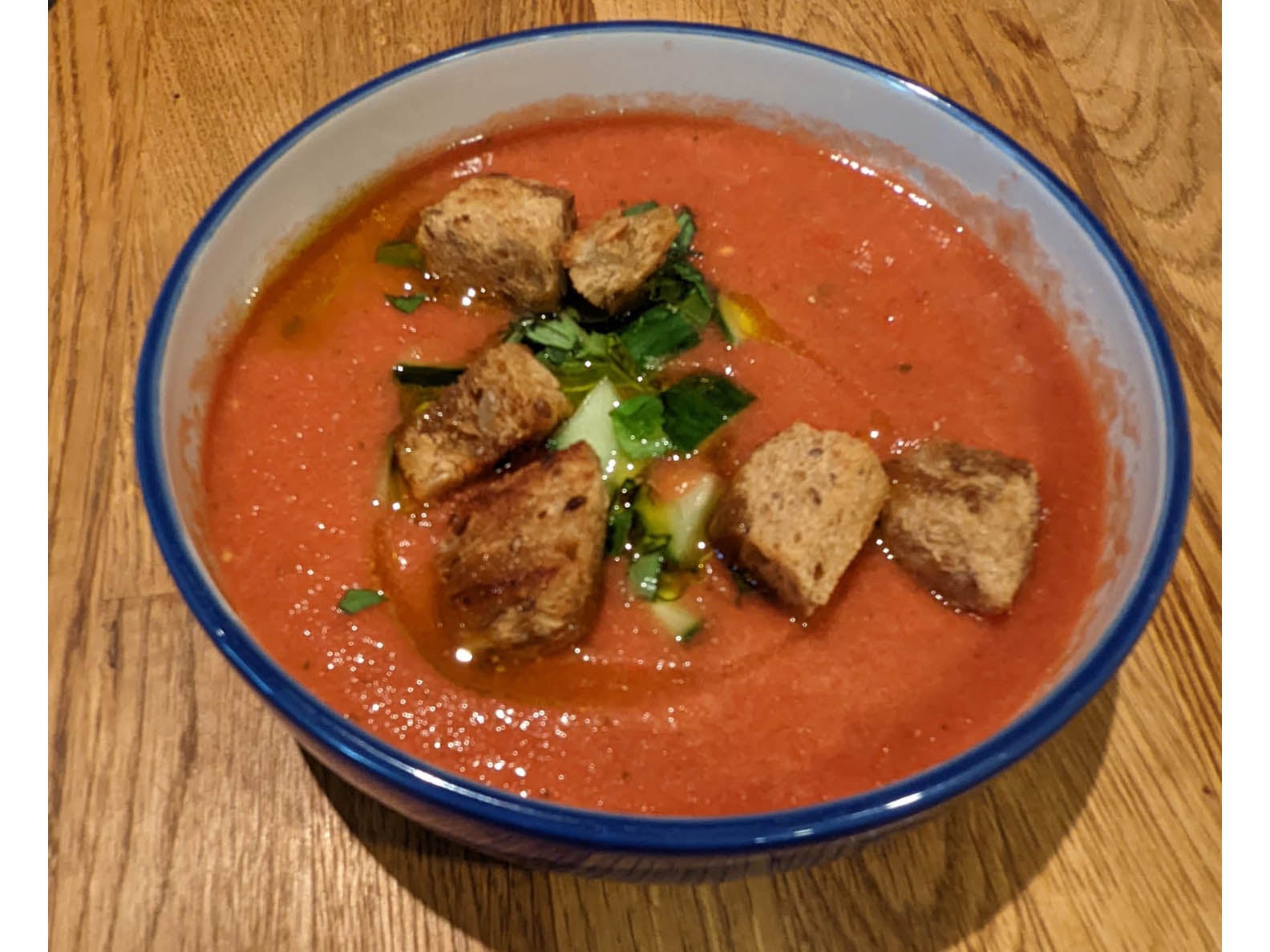The Independent's journalism is supported by our readers. When you purchase through links on our site, we may earn commission. Why trust us?
Jose Pizarro’s ‘The Spanish Home Kitchen’ cookbook review: Home is most certainly where the food is
In the first of our new series, What’s On The Menu, Emma Henderson recreates dishes from the Spanish chef’s newest book, dedicated to his home village

Your support helps us to tell the story
From reproductive rights to climate change to Big Tech, The Independent is on the ground when the story is developing. Whether it's investigating the financials of Elon Musk's pro-Trump PAC or producing our latest documentary, 'The A Word', which shines a light on the American women fighting for reproductive rights, we know how important it is to parse out the facts from the messaging.
At such a critical moment in US history, we need reporters on the ground. Your donation allows us to keep sending journalists to speak to both sides of the story.
The Independent is trusted by Americans across the entire political spectrum. And unlike many other quality news outlets, we choose not to lock Americans out of our reporting and analysis with paywalls. We believe quality journalism should be available to everyone, paid for by those who can afford it.
Your support makes all the difference.Food at its best, comes straight from the heart. That’s clearly true here with chef Jose Pizzaro’s latest cookbook, which was published earlier this month, The Spanish Home Kitchen.
Its title is a clear indication of what’s to come inside – simple home recipes, passed down through the generations. It’s something we all love and cherish within our families, but not everyone would be as willing to share their heirloom cookery secrets as Jose is.
Within this book, Jose wants to welcome you into his old family home; Talavn village in Cacere, Extremadura in southwest Spain. It sits just north of Seville and borders Portugal. He’s a hugely successful chef, and is well regarded as bringing the real Spanish food to the UK, having lived in London for 22 years now.
Read more:
He has an impressive collection of six restaurants under his belt: five in London – notably a fine dining restaurant plus a more casual cafe at the Royal Academy of Arts – and a pub in Surrey too. And this book matches his number of restaurants, as being his sixth.
How we tested
I got my cooking mitts at the ready and poured over this book, recreating some of the dishes from his hometown to see if I was able to bring the flavours of his home kitchen to ours. I was looking for how easy these dishes were to make, as well as how authentic they felt.
‘The Spanish Home Kitchen’ by Jose Pizzaro, published by Hardie Grant: £27, Waterstones.co.uk

Dedicated to his mother, Isabel, the book feels like an ode to her – an immortalisation of the recipes and memories he’s shared at home with his family.
Within it, Jose explains that he loves what the core of cooking is all about, sharing it and the memories that comes with it, at home with family or friends. Throughout the book, the photography shows this off, with happy scenes of dining outside on big tables, and sharing food with one another.
For many of us, the very action of cooking can be cathartic, from dicing vegetables to soldering onions or satisfyingly adding the finishing touches to a dish, before digging in.
For Jose, the smells of cooking transports him back to another time. They are so incredibly important to his cooking that he sees them as essential ingredients.
His comparison of languages changing over time reflects how recipes evolve, but keep the essence of what they were. He stresses that his role as a chef is to keep something going by letting it grow and mature in a way that still feels respectful to the dish.
Read more:
Split into four sections; vegetables, fish and seafood, meat and sweet, the book is full of inspiring dishes that would make anyone hungry, from pan fried cod with chorizo, mushrooms and a poached egg to tomato, beetroot, white bean and pomegranate salad, and barbecue shoulder of lamb with olive and herb crust.
Through Jose’s endearing and relatable descriptions, any cooks who are not as familiar with a more rustic style of Spanish cooking are given context for why and how these dishes exist, covering everything from simply being sustenance to farming to suit the area’s specialty crops. The book effortlessly transports you to Jose’s childhood and gives readers a real sense of his family life. Snippets of this nostalgia are shared through images of Jose growing up on a farm in Talavan, with one showing him eagerly anticipating a meal next to the smoking patatera. The caption reads: “Just me standing next to the fire, a patatera in the foil and some bread ready and waiting”.

This is from Jose’s recipe, patatera toast with Manchego and honey – a must-have snack for anyone who loves cheese and spicy meat. If you can’t get hold of patatera, you could substitute for ‘nduja which is essentially the Italian version and easily available at Waitrose and other supermarkets.
The book is super easy to follow, as almost every recipe sits neatly on just one page. I really like that the time each recipe takes sits right at the top of the page, so you can filter recipes at a quick glance, depending on how long you want to spend cooking. Each recipe is accompanied by a beautiful photograph that does the job of selling the dish alone, captured by still life photographer, Emma Lee, who’s work with lighting is impressive, yet subtle and engaging.
Being summer, I chose simple recipes from the book to recreate. I made gazpacho for the first time on a sweltering London summer’s day. Although this recipe is for cherry gazpacho specifically, as Jose says he grew up with "some of the best cherries in the world", I’m not the biggest fan of cherries, so I took it upon myself to swap in the classic tomatoes. The cold soup was almost spiced with garlic that clung to the tomatoes and gave the whole dish real depth. I also used the leftover pulp mixture post sieving on toast, and turned it into my own version of pan con tomate, Spain’s well-loved breakfast dish of tomatoes, salt and olive oil on toast.

Keeping on the same theme with breakfast, I also made migras with fried egg, chorizo and bacon which Jose says takes him back to one of his earliest memories; his father cutting stale bread to make migas the following day. Designed to be your mornig fuel ahead of a hard day’s work on the farm, it’s a great weekend dish to get you going, with a deliciously spicy kick.
The book gives insight to rural farm living in south west Spain, as well as a snapshot into Jose’s life growing up – his inspirations, his memories. It’s a slight step away from classic Spanish dishes that are so famed on British menus, and instead gives a breath of fresh air to rustic Spanish cooking.
Buy now £27, Waterstones.co.uk
The verdict: ‘The Spanish Home Kitchen’ by Jose Pizarro
I love it when something actually is what it says on the tin. Throughout the book, I felt like I’d been fully immersed into Jose’s family life in his hometown, without ever going there, or meeting his family, and I now understand far more about regional Spanish cuisine.
The book’s strapline “simple, seasonal recipes and memories from my home” certainly rings true: the dishes are not only easy to prepare for, they are simple to follow, cook and serve. All of the information is clear, complete with easy to see cooking times, which for any busy cook is always incredibly helpful when deciphering what to eat. The recipes are also flexible, which is another important factor.
It’s the perfect book to inspire new ideas to any Spanish food-loving home cook who needs something new to get testing in the kitchen.
‘The Spanish Home Kitchen’ by José Pizarro (Hardie Grant, £27) Photography: Emma Lee. Buy the cookbook now at:
- Jose Pizarro’s olive oil won Best Buy in our best olive oils
- Book a table at any of Jose Pizarro’s restaurants
Book tickets for Jose’s Pizzaro at Pub in the parkVoucher codes
For the latest discounts on food and drink, try the links below:
- Ocado discount codes
- Gousto discount codes